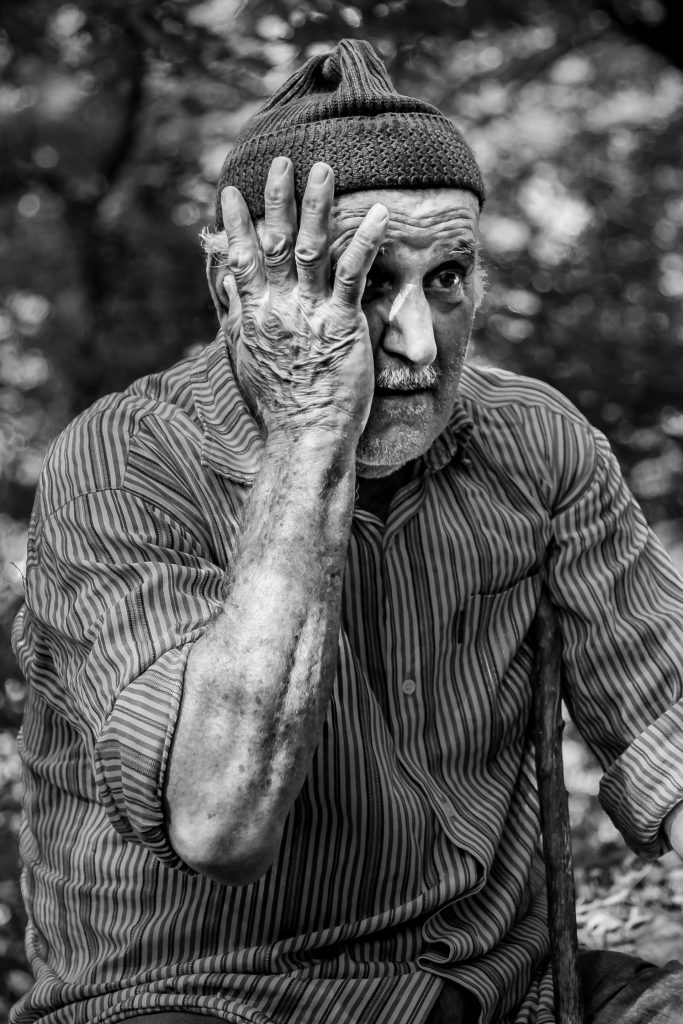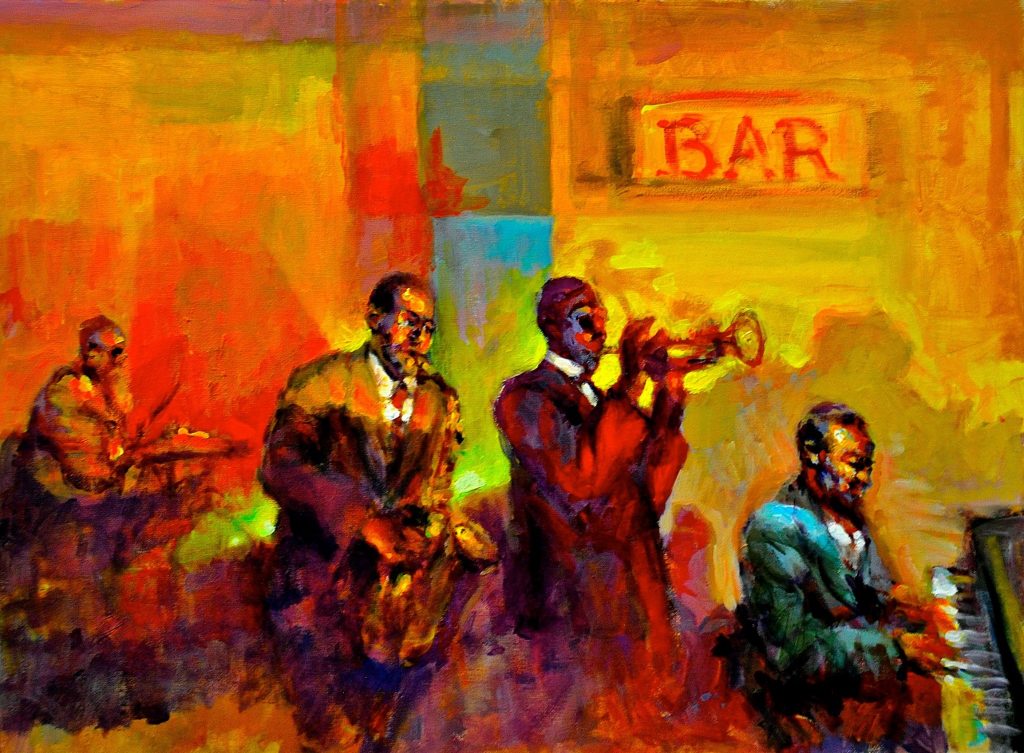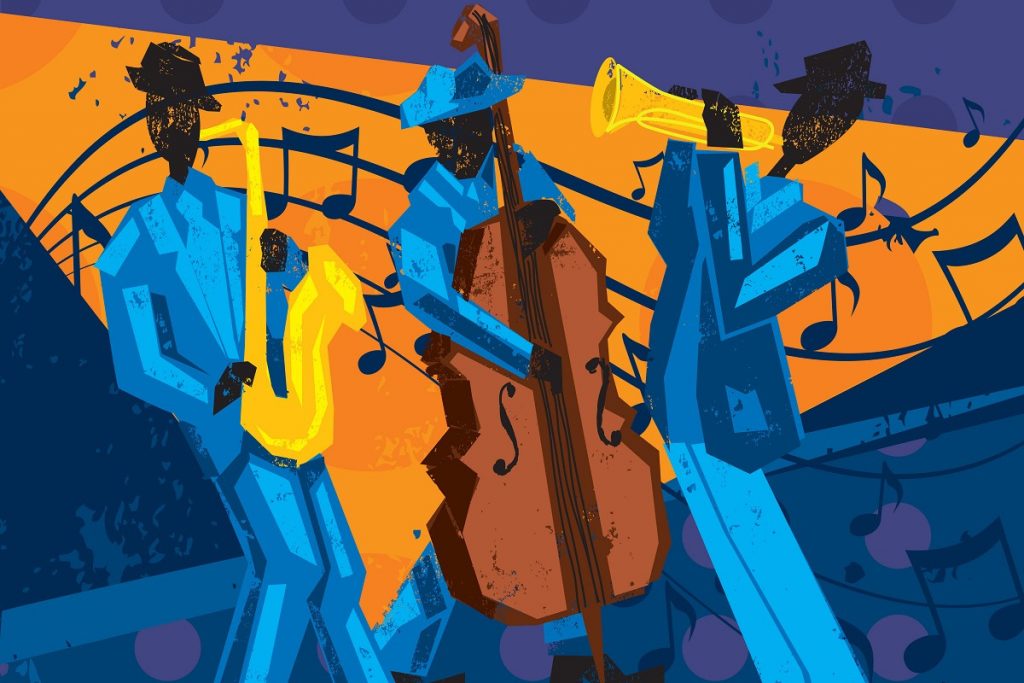
Music has the great power to evoke emotions and can even spark up old memories. In fact, we often choose our music selection based on a song we feel resonates with our current mood. Perhaps that is why hearing a song you once played the night you fell particularly blue can remind you exactly what you were blue about that day.
In fact, music is so effective at evoking emotions and sparking memories that it is even a form of therapy for those afflicted with Alzheimer’s or dementia. In fact, music has shown to be particularly effective in boosting brain activity and recovering lost memories in these individuals.
The soothing sounds of jazz music can be used to reduce stress, recall memories, and even offer therapy to someone struggling to remember things. Aside from this, singing along to your favorite song can also help boost brain function. For someone with Alzheimer’s who is faced with a great deal of confusion, daily long-term care, and high costs, the soothing sounds of jazz could make all the difference.




